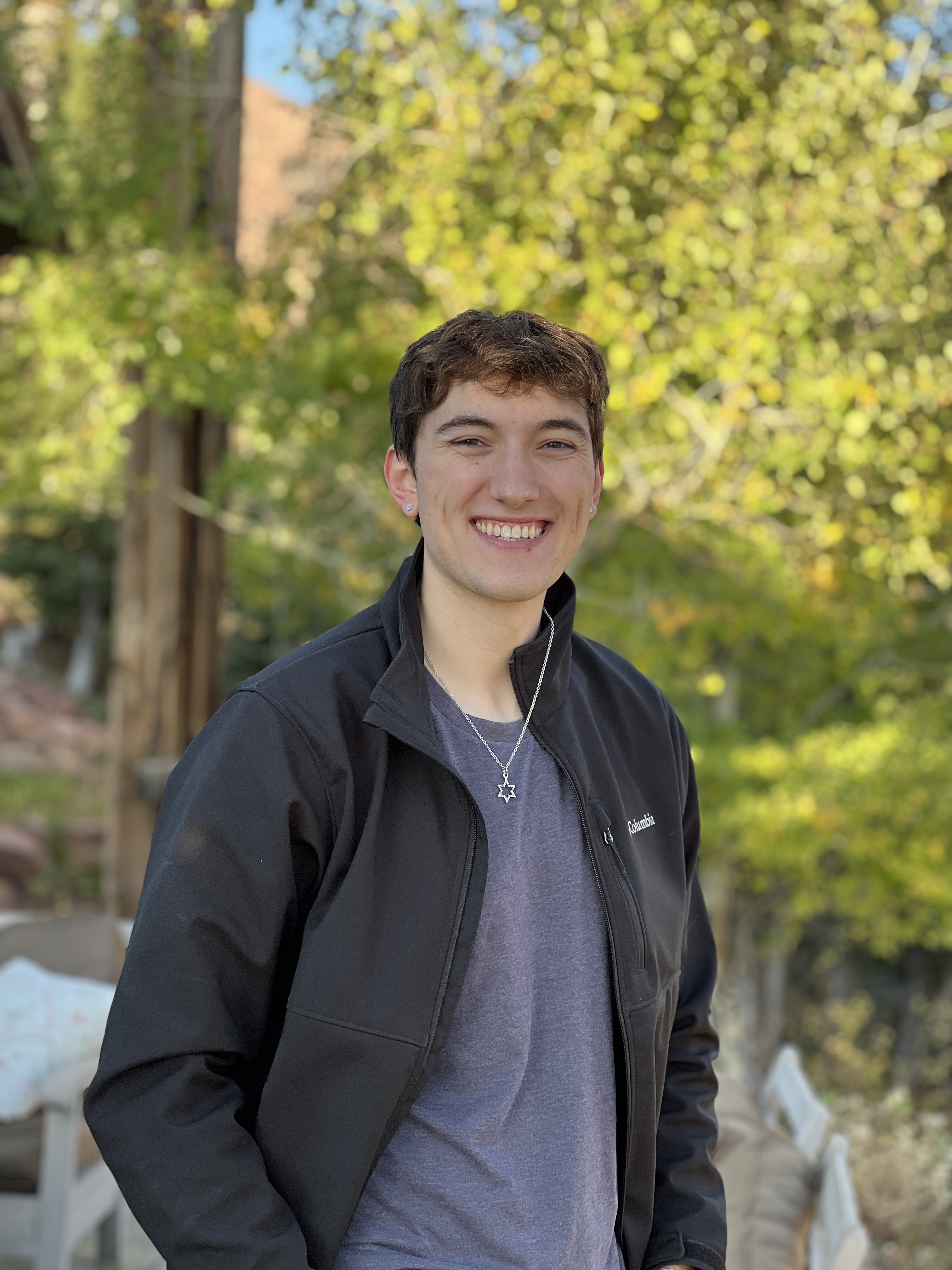Aster G. Taylor
University of Michigan

323 West Hall
1085 S. University Ave.
Ann Arbor, MI 48109
Hello! My name is Aster Taylor. I’m a Ph.D. student and a Fannie and John Hertz Foundation Fellow at the University of Michigan, where I study giant planet formation and solar system small bodies with Prof. Fred Adams.
I am a Fannie and John Hertz Fellow, a recipient of the Rackham Science Award, and a Michigan Institute for Computational Discovery and Engineering Fellow.
I study the formation of giant planets and the dynamics of solar system small bodies. I’m a relatively pure theorist and mathematical physicist, using analytical techniques and numerical simulations to apply the laws of physics to astrophysical problems. I am primarily interested in the processes that sculpt solar systems across size and time scales, from the formation of planets to the evolution of their debris disks. I am also interested in a variety of astrophysical problems, from big bang nucleosynthesis to white dwarf pollution.
I received a B.S. in Astrophysics from the University of Chicago in 2023. While there, I worked with Darryl Seligman on the composition of the first interstellar object 1I/’Oumuamua and the dynamics of the dark comets.
I’m originally from the San Francisco Bay Area, so despite my time in the Midwest I still feel uncomfortable with flat horizons. In my (rare) spare time, I like to hike, read science fiction, play board games, and practice martial arts. I am also a proud Jew and a citizen of the Muscogee (Creek) Nation of Oklahoma.
Please contact me at agtaylor@umich.edu!
Selected Publications
2024
-
Strong Nongravitational Accelerations and the Potential for Misidentification of Near-Earth ObjectsThe Astrophysical Journal, Nov 2024
-
Radiative Signatures of Circumplanetary Disks and Envelopes During the Late Stages of Giant Planet FormationIcarus, Nov 2024
-
-
Formation and Structure of Circumplanetary Disks and Envelopes During the Late Stages of Giant Planet FormationIcarus, Jun 2024
-
2023
-
Fitting the Light Curve of 1I/’Oumuamua with a Nonprincipal Axis Rotational Model and Outgassing TorquesPlanetary Science Journal, Oct 2023
-
Interstellar Comets from Post-Main-Sequence Systems as Tracers of Extrasolar Oort CloudsPlanetary Science Journal, Jul 2023
-
Dark Comets? Unexpectedly Large Nongravitational Accelerations on a Sample of Small AsteroidsPlanetary Science Journal, Feb 2023